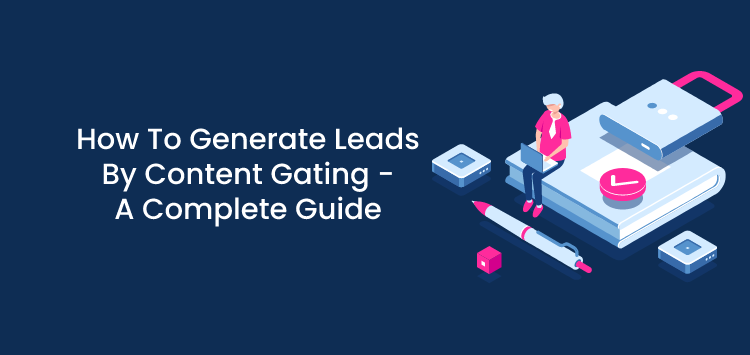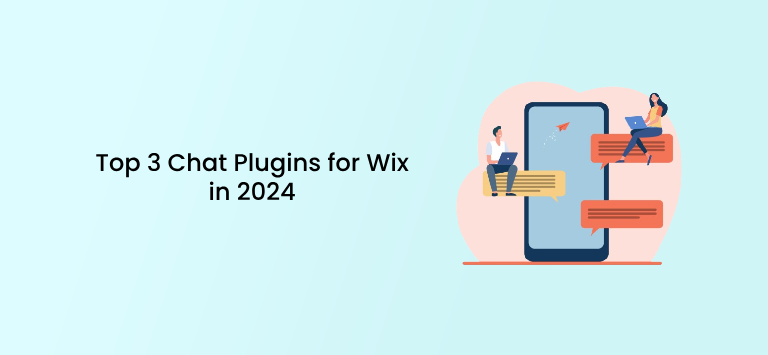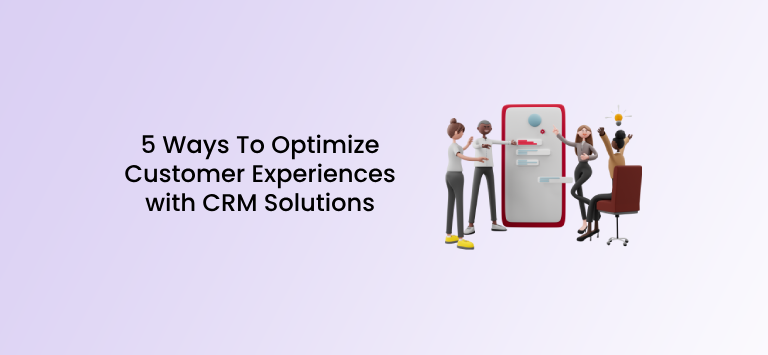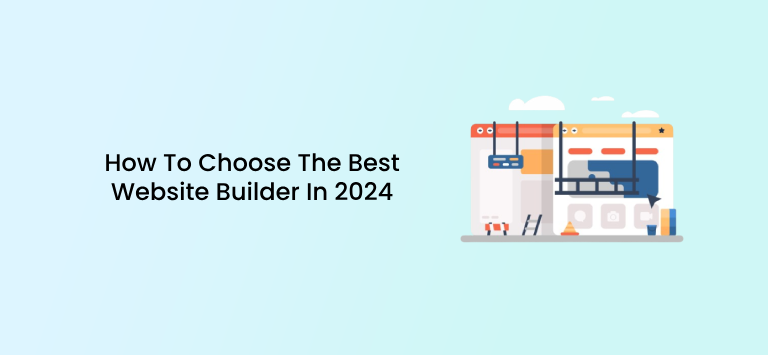Gating your premium content does wonder for your lead generation efforts, but it has its fair share of disadvantages. Read on to find out if content gating is worth your time and effort.
Generating quality leads is a top priority for businesses. You can implement various lead generation techniques, but content marketing is the most effective. The reason – it ensures that your leads will get the information they are looking for.
Content gating is one technique under content marketing you can use, and it works by locking your valuable content behind a lead capture form. Your prospects will gain access to the content right after giving their contact information (name, phone number, company name, etc.).
Have you done content gating in the past? If not, this complete guide will provide the information you need to understand better this content marketing strategy, such as best practices and examples. I will also help you determine if gated content is right for your business.
Gated Vs. Ungated Content
Lead generation is about searching for prospects, cultivating their interest, and converting them into customers. Regarding the search process, the world wide web provides different lead sources. Search engines and social media are two of the largest lead sources available.
Ungated or non-gated content is the most favorable choice because it allows users to read and interact with any piece of content freely. Spreading vital information about your brand, products, or services becomes much more accessible, making it an effective method to increase your brand awareness and SEO impact.
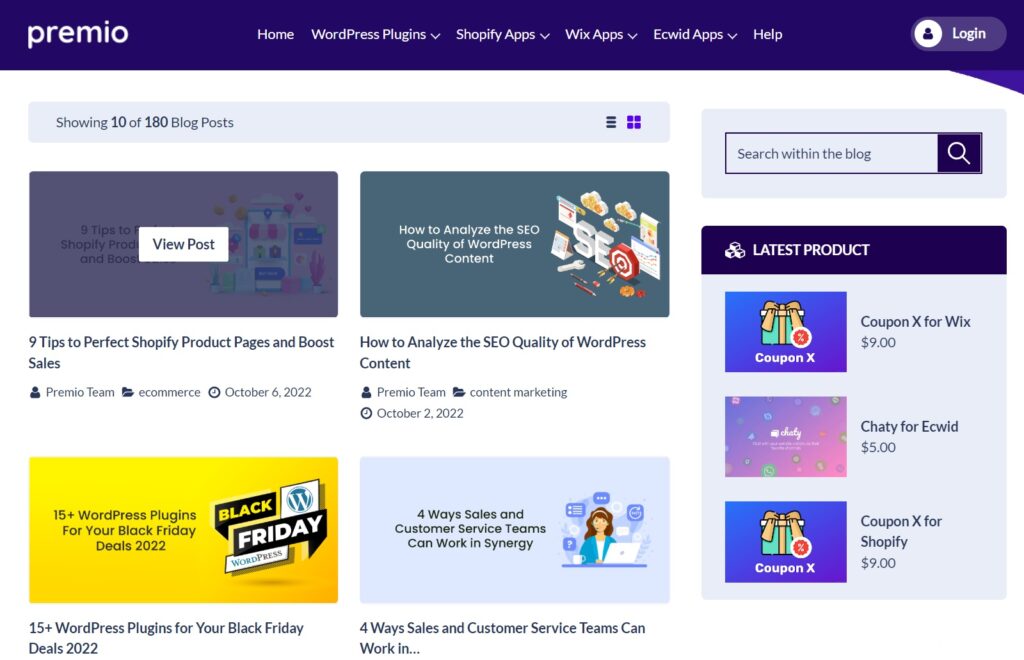
Blog posts, videos, and podcasts are a few of its popular examples. Ungated content can successfully gain the trust of your target audience. The only downside is that you have no idea who they are — what demographic group they belong to, unique behavior, and so on.
This is where gated content becomes useful.
Gated content allows you to get to know your prospects well. Knowing who you are writing for will do writing and personalizing the content much easier. You can also get more control over your sales funnel and customer journey.
On top of that, it secures qualified leads. Gated content requires additional effort for users to access it. People are known for having short attention spans in engaging with online content. So, if they agree to provide their information in exchange for your content, it only means that they are genuinely interested and perceive its value.
5 Ways To Use Content Gating For Lead Generation
So, how do you generate leads using gated content? There are plenty of ways, and you are free to experiment with different approaches and types of gated content to see what works for your business.
Here are five ways you can implement content gating and generate leads.
1. Email Subscription
Signing up for your email list is the easiest step you can offer to your prospects. The key to enticing your prospects to join is giving them high-quality content, also called a lead magnet. It must be something with genuine value to make it harder to refuse. The lead magnet varies depending on your business niche or industry.
Let’s say you create a marketplace or own an eCommerce store that sells protective masks for kids and adults. The best lead magnets you can offer are newsletters and infographics. You can creatively discuss information about different masks or a guideline on properly wearing and removing a face mask.
However, if you plan to send out long-form content explaining the protective mask’s materials and benefits, an eBook in PDF format is more suitable. You can use the standard sign-up form to gather prospects’ email addresses. To describe what they will get and create a simple yet captivating call-to-action (CTA) phrase. or
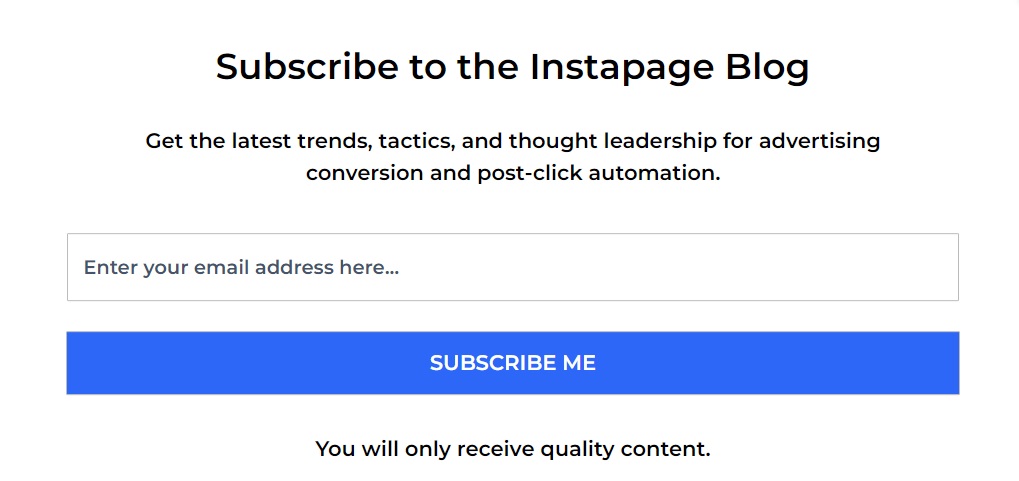
Popup is the popular method to promote this type of gated content. It can sometimes be disruptive, so ensure to display the form on pages relevant to your lead magnet. It will make the opt-in more natural.
You can use a comprehensive sign-up form to gather more information (phone number, company name, etc.). Most people are reluctant to share their data, so you need to provide more details regarding the gated content. You must also create a dedicated landing page to detail all the necessary information neatly. Here’s a great gated content example to give you an idea.

It’s a webinar to help software engineers and developers build real-time data pipelines using their software. Suppose you’re targeting entry-level engineers and developers. In that case, you can make a video series to discuss what a data pipeline is all about step-by-step — definition, processes, practical examples, and so on.
2. Incentivize Sign Ups
Sending exclusive content for free is effective, but you can increase your subscriber sign-ups when you offer incentives. You can provide various incentives, but the most tempting is a discount which can be displayed via a popup or offered during a live chat interaction.
Take this professional dress forms website, for example. It offers a special discount on the first order of first-time subscribers. Stating the exact percentage of discount is much more ideal, but this is tempting enough to attract new customers and drive traffic.

The placement of the form is also crucial to its success. Announcement bars (top section of the website) and sticky sidebars are the best places to embed your sign-up form. It gives the form more visibility without disrupting the customers’ browsing experience.
The footer isn’t popular, but it works wonders when you pair it with a compelling website or landing page design. I’ll use the professional dress forms website again as an example. Its homepage displays everything you need to know about its product — design specialization, best-selling products, perks, and even customer testimonials. It’s a clever way to educate their prospects about the products while improving their brand perception.
When people reach the bottom part of the website, it only means they like what they have read. So it’s wise for the company to place its incentivized sign-up form at the bottom of the website; it’s a strategic way to direct prospects into the next step. Since they already like the website content, they will likely perform the necessary action.
3. Reading Caps
Content gating is always in the form of free resources — no credit card or subscription is required. But recently, some marketers have applied the concept of content gating to promote their product subscriptions. You, too, can apply it using the reading cap technique.
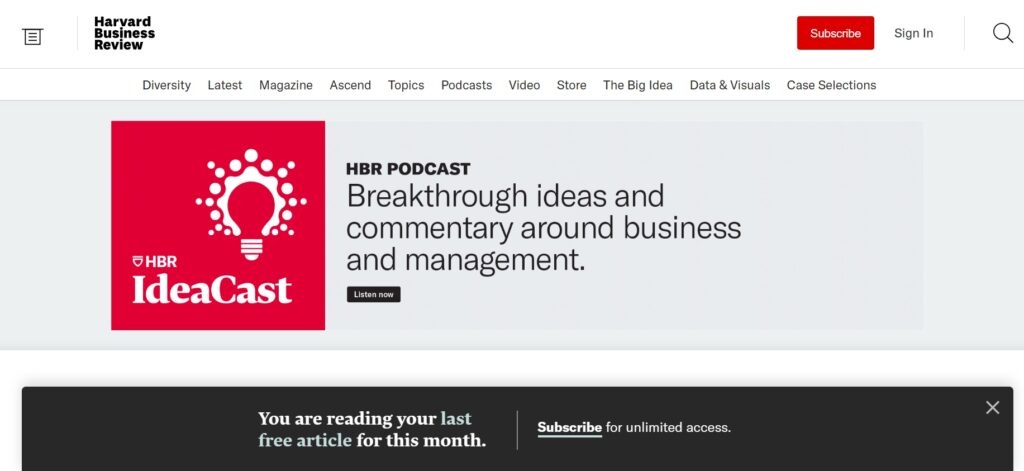
Reading caps work by providing the users a number of free limited access to the business’ content. Once they reach the limit, they must pay for a subscription plan to unlock more content. This technique is usually implemented on news media websites and the education sector. But you can use it freely even if you belong to the finance, management, and technology industries.
4. Contest Sign-Ups
Do you want to grow your email list while building a buzz around your brand? You can achieve both by running a contest. Please provide a good deal; people are more willing to exchange their personal information.
Most brands use this lead-generating technique to collect user-generated content (UGC). Let’s face it, creating content from scratch is not always an easy task. Collecting UGC helps to speed up the planning and creation process. It’s a plus that UGC can establish great trust between the brand and customers.
One good example is the photo contests run by AAP Magazine Colors. The winner of the competition will receive the following gifts:
- Cash awards of $1,000
- A free copy of the 27th printed issue of AAP Magazine
- Winning photographs will be featured on the company website and AAP Magazine

The type of contest you can run depends on your goal. If your goal is to improve customer engagement, you can run quizzes, Wheel of fortune, surveys, and sweepstakes. You can also run interactive contests by building word crossword-puzzle-style games like Scrabble, boggle, and Words with Friends.
The reward should always match the contest and business you run. It’s an excellent way to promote the product and increase the conversion rate.
For example, if you run a word-based game and own a game development company, you can give away one of your popular products, like a Scrabble word finder or anagram creator.
Also, ensure to write an explicit set of rules. Be clear and upfront about what is allowed and not. The best place to run contests is social media platforms. It’s accessible, and people can quickly tag a friend and promote the competitions.
5. Email Series Campaigns
Content gating may be commonly used for inbound marketing, but it’s equally useful for email marketing, particularly when improving your reward system to increase customer engagement. Also, compared to websites, people check their emails more often. So, the chances of being seen are high.
Email series campaigns are excellent for delivering gated content because they cover every aspect of the buyer’s journey. You can run your email series in two sequences: trigger-based and time-based.
The trigger-based sequence focuses on the specific actions taken by your customers. Subscribing to your newsletter, purchasing, and browsing history are a few. Welcome series is a popular campaign run by brands. It’s an excellent opportunity to make a good first impression on your new customers.
What makes an excellent welcome email?
A welcome email should be short and informative. It should also have a clear and actionable CTA phrase to encourage your readers to take the next step. Figma’s welcome email is a great example.

They use compelling words to make the new user feel appreciated and provide all the valuable links so they can quickly get started. On the other hand, the time-based sequence is set at predetermined time intervals — the ideal email series to run for celebrating users’ birthdays and subscription anniversaries.
Website content and blog posts are popular to gate. But you’re free to gate any of the following content:
- Surveys
- Testimonials
- Loyalty and rewards
- Promotional campaigns
Align Content Gating Strategy To The Buyer’s Journey
The approaches mentioned above and examples are proven to deliver outstanding results, but it isn’t always applicable. Another method you can apply is aligning your goals to the buyer’s journey. There are four main stages buyers go through awareness, consideration, decision, and nurture.
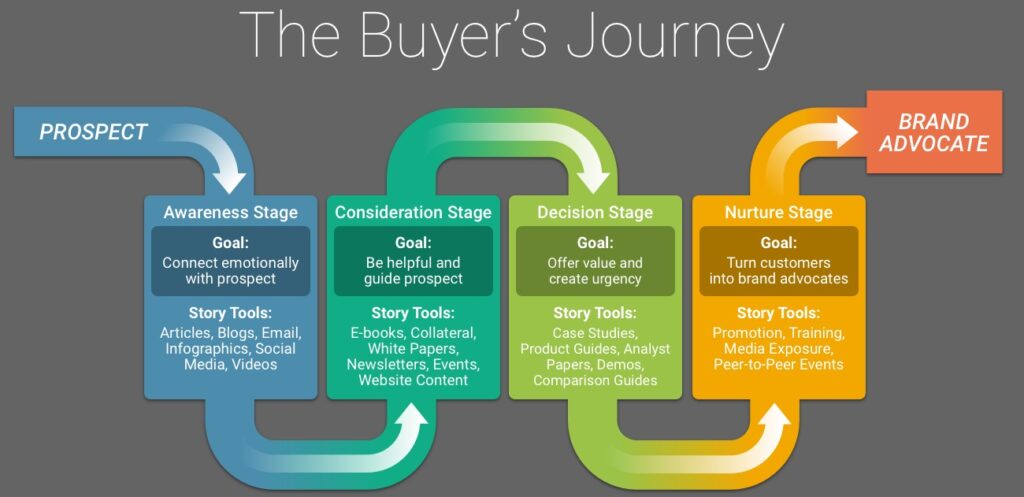
I. Awareness Stage
The buyer’s journey starts with people acknowledging their problems. You must create educational content to answer your prospects’ questions. Ensure to make it compelling to encourage them to continue through the journey with your brand.
II. Consideration Stage
This is the stage where buyers shortlist your product as a viable option. Creating gated content on how your product can resolve the buyer’s problem is best. You can show them its benefits, ease of use, and reliability.
Since your prospects are considering various options, don’t push your product too hard on your prospects. I suggest presenting potential solutions to their problems and positioning your product as one of the best options.
For example, you’re selling a repricing tool for Amazon FBA sellers. Instead of writing an in-depth and technical product review, you can write a comparison guide of the top Amazon repricer available in the market. This way, your prospects will see each tool’s strengths and weaknesses and decide which can maximize their sales and profits.
III. Decision Stage
The stage where the qualified lead is ready to make a purchase. Next, they will look at how your product can meet their specific needs. Therefore, you must create gated content like case studies and any topic to help them get started quickly and efficiently. I suggest including product demos, free consultations, and free trials so that they can explore the product risk-free.
IV. Nurture Stage
Converting a qualified lead into a paying customer is the beginning of building a lasting relationship with them. It would be best to continue engaging with them to guarantee their satisfaction and retention. Interactive content like surveys and polls are the best way to get their honest opinion regarding their experience using your product. It helps you identify the churn points and use them to improve your product.
It would be helpful to use email marketing automation to send targeted messages to the perfect audience at the most optimal time. It gives you peace of mind that you’re not missing good sales opportunities.
5 Best Practices of Content Gating
Are you ready to generate more leads using gated content? If so, here’s how you can do it right.
A. Choose The Right Content
Impersonation and phishing scams are rampant online. Though tons of phishing protection is available, people remain cautious about sharing their personal details. Creating gated content with a clear promise has become a best practice. You can do it by writing a relevant, attention-grabbing headline and copy.
Regarding the topic selection process, you can base it on your target market’s interests. For example, you’re targeting travel markets. Most of the audiences in this market are:
- Business travelers
- Family vacationers
- International jet setters
One thing they have in common is finding amazing deals at the best destinations. Therefore, you can create a copy focusing on how to find affordable flight deals for various destinations (domestic and international).
B. Repurpose Old Content
Content creation takes a lot of time and money. One of the best content marketing tips that can save you is repurposing your old content. Not only will this help you extend the content’s lifespan, but it will also reinforce your message.
How do you repurpose content effectively?
Most marketers use their high-performing blog posts and repurpose them into infographics. Infographics are the favorable content format because it’s shareable and versatile. You can send it as part of your newsletter or eBook, or share it as standalone content on various social channels.
You can find high-performing blog posts through Analytics tools (web and social). Let’s say your top-performing blog post is a step-by-step guide on how to start a blog. Since this is long-form content, creating an eBook is the ideal option. HubSpot and General Assembly’s eBook set a good example.
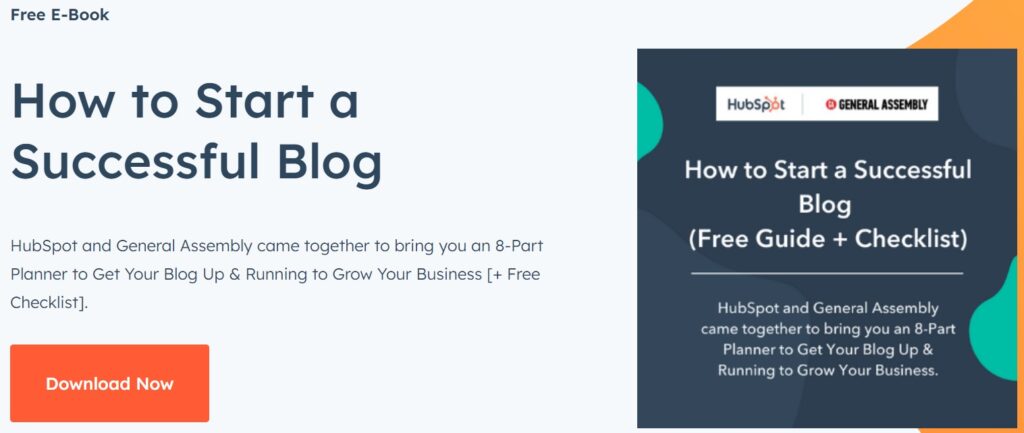
They promote the eBook as a free guide, including easy-to-follow checklists and an 8-part planner to guarantee success. You can also include tip sheets, charts, and other visual elements to make the content engaging and informative.
C. Select The Best Format
Assuming you now have a topic in mind, the next step is finding the right format. There are a variety of formats you can use, but the most popular are PDF files and HTML-coded web pages. Here are some of the best ideas you can use.
- eBooks: The content format that can help you establish your online reputation as an expert. You can teach your audience how to achieve their goals or provide a solution to their problems. Klood’s “The Beginner’s Guide to WordPress” eBook is an excellent example. It discusses everything you need to know about WordPress — from the creation process to optimizing your landing page for conversion.

- White Papers: eBooks are great for creating a guide for a general audience. The white paper is the best content format to use if you’re targeting CEOs and other top-level executives. It often contains in-depth research or academic reports about a specific niche.
- Free Trials & Demos: The powerful offer by SaaS companies. It encourages prospects to explore the software and makes them realize it’s the right solution for their business. You have two options to run free trials: time-bound or consumption-based. While demos are usually made by requesting a schedule.
You can offer both simultaneously or separately. Here’s an example of a company that provides free trials and demos for their Amazon FBA software. Whichever you choose, you will learn how its solution can help their prospects build and grow their eCommerce business successfully.
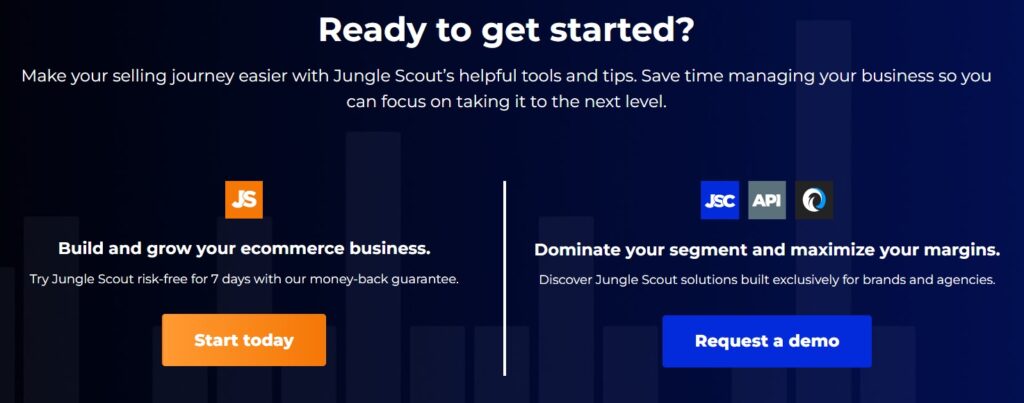
Free Consultation: The best option for service-based businesses, like link building services. Offering a free consultation is an excellent way to tell your prospects that you can provide custom solutions to improve their search engine rankings and SEO standing based on their current performance.
D. Modern Format Options
Creating your gated content into a downloadable PDF file or HTML-coded landing page will deliver outstanding results. But there are more options available that you must explore.
- Audio recordings (Podcasts & Audiobooks): Audio content’s popularity is rising for good reasons. It adds a human factor to your content which is helpful in quickly grabbing the users’ attention. It’s best to use for monologues, debates, and interesting interviews.
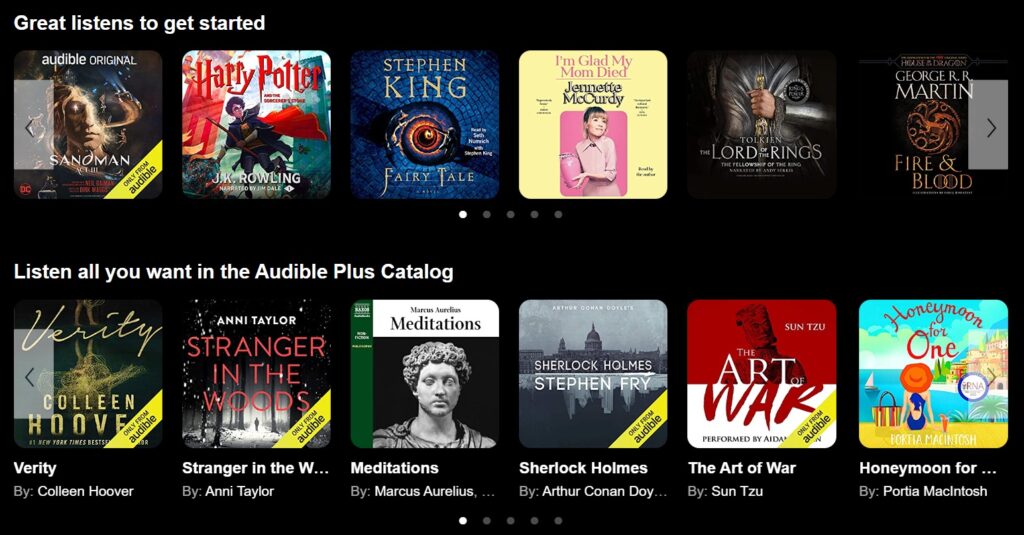
E. Optimize The Lead Capture Form
You also need to optimize your lead capture form. Personalize each form based on your prospects’ interests or their specific stage in the customer journey. Building a single-step form is ideal because it receives the highest conversion rate. But if you have a longer form, create a multi-step form instead.
Wrapping Up
Content gating is an essential aspect of your lead generation efforts. Ensure to do it right so that your target audience will see the value in unlocking your premium content. Following this guide and the industry’s best practices will save you time and effort in planning, creation, and execution.
Before you start gating your content, you should know the best time to use this strategy. As a rule, content gating is advisable when your brand awareness efforts are performing well. Search engines don’t crawl gated content, so fewer people will find your content if you only have low traffic volumes.
You can boost the levels of visibility and engagement by promoting them on various online platforms. Paid promotion and influencer marketing are the go-to options of marketers. If you have a restricted budget, you can leverage social media channels.
Author Bio: Burkhard Berger is the founder of Novum™. Follow Burkhard on his journey from $0 to $100,000 per month. He’s sharing everything he learned in his income reports on Novum™ so you can pick up on his mistakes and wins.
